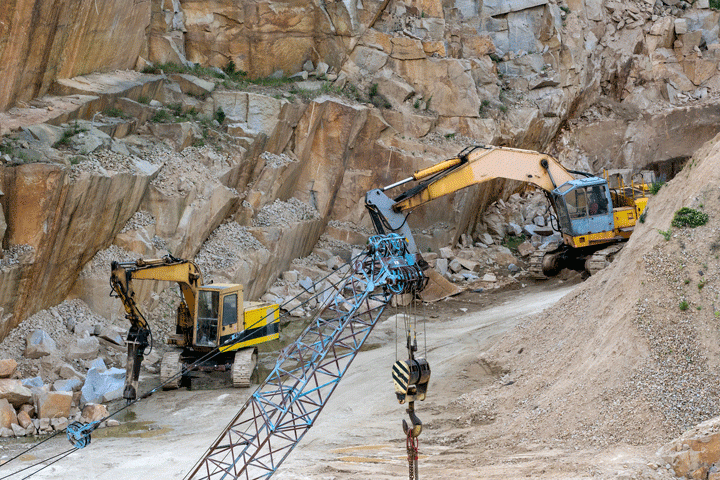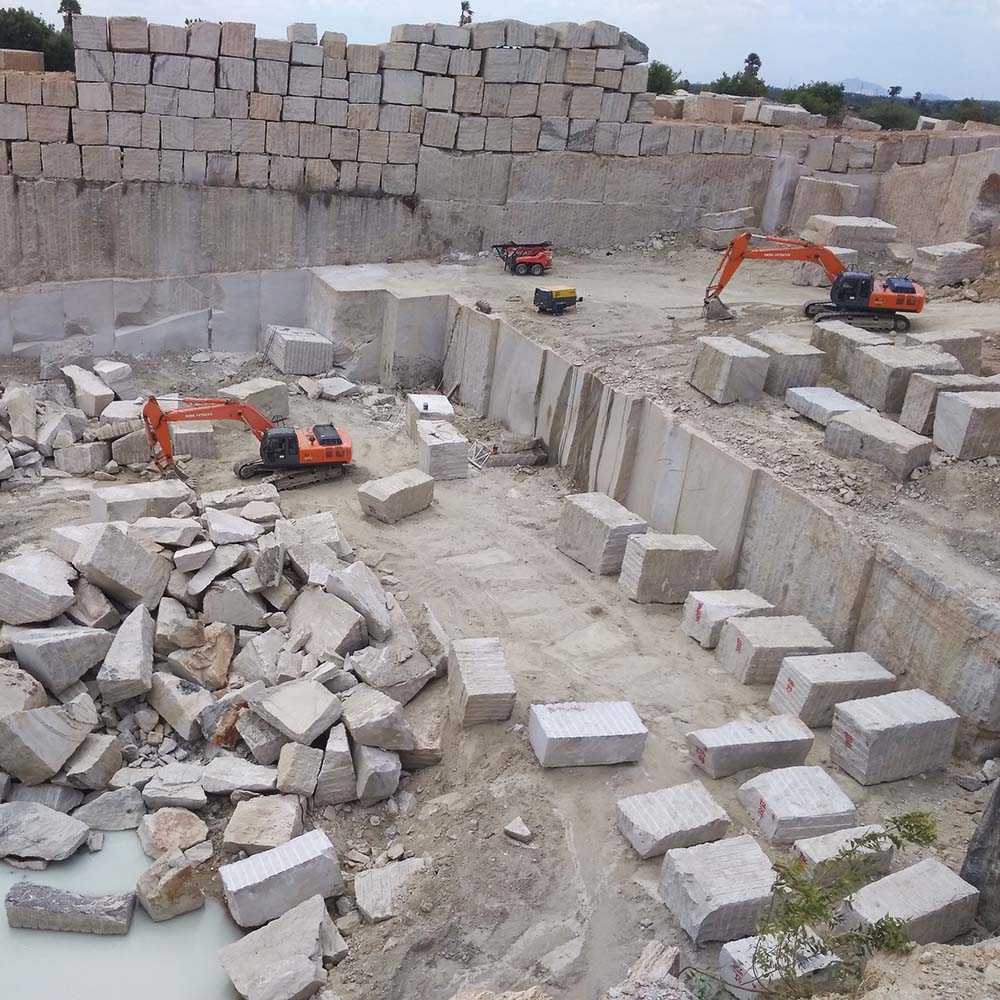The Surprise Treasures: Exploring Granite Quarries in South Africa
The Surprise Treasures: Exploring Granite Quarries in South Africa
Blog Article
Introducing the Mysteries of Granite Quarrying: Where Strength and Sophistication Meet
The globe of granite quarrying is a world where the raw strength of nature assembles with human virtuosity to develop frameworks that stand the test of time with an air of beauty. From the depths of quarries to the thorough sprucing up in workshops, the procedure of transforming granite into architectural marvels is a complicated dancing of custom and technology. As we peer into the depths of this ancient craft, we start to uncover the hidden complexities that shape the extremely essence of our developed atmosphere.
The Beginnings of Granite Quarrying
In the record of building history, the origins of granite quarrying are shrouded in a tapestry of ancient craftsmanship and geological wonders. Going back to old Egypt and Mesopotamia, the extraction of granite from quarries marked the beginning of a trip that would at some point cause the development of some of the globe's most iconic frameworks.
Granite quarrying's roots can be traced to the competent artisans that identified the stone's resilience and visual charm. With a combination of primitive devices and large resolution, these very early quarry workers unearthed granite blocks that would certainly end up being the foundation of worlds.
As human beings progressed, so did the methods of quarrying granite. The Romans, renowned for their design prowess, created sophisticated methods for drawing out granite to create monuments, holy places, and roadways that stood the test of time.
The tradition of these old quarrying methods proceeds to shape contemporary style, with granite remaining a symbol of stamina and elegance in building and construction tasks around the globe. (granite quarries in south africa)
Tools of the Quarrying Profession
The evolution of granite quarrying methods from old civilizations to contemporary times highlights the essential role played by the tools of the quarrying sell forming the industry's practices. In ancient times, quarrying tools were fundamental, frequently containing blades, hammers, and wedges made from products like bronze or iron. These devices called for significant workforce and time to extract granite blocks from quarries.

Furthermore, the intro of pneumatically-driven tools and high-powered machinery has actually considerably minimized the physical labor called for in quarrying procedures, enhancing worker safety and security and productivity. As the quarrying industry remains to innovate, the tools of the profession continue to be at the forefront of driving development and shaping the future of granite removal.
Removing Blocks of Granite
Making use of accuracy equipment and advanced techniques, the extraction of granite blocks from quarries has actually come to be an innovative process in the modern quarrying sector. The first action entails recognizing the area and size of the granite deposit to determine one of the most reliable removal approach. When a suitable website is picked, the extraction procedure begins with the exploration of openings for the positioning of dynamites. Managed blowing up methods are after that used to damage apart the granite right into manageable areas.

Polishing and Ending Up Techniques
To accomplish a remarkable surface on granite blocks, proficient craftsmens use a series of precise polishing and completing strategies. After the first removal and forming procedures, the granite obstructs undertake an extensive polishing phase to improve their natural go to the website appeal and sturdiness. One usual approach used in brightening granite is ruby abrasion, where commercial rubies are hop over to here made use of to grind and brighten the rock to a smooth coating. This procedure not just produces a lustrous surface area yet additionally makes certain harmony in color and structure across the granite block.
Along with polishing, ending up techniques are put on further improve the granite's appearance. These strategies may consist of flaming, developing, or cleaning, each offering special textures and surfaces to match different visual preferences. Flaming, for example, entails subjecting the granite surface area to heats to produce a harsh, textured surface, suitable for exterior applications where slip-resistance is vital. Honing, on the other hand, supplies a matte coating that is smooth to the touch, perfect for indoor counter tops and floor covering. By carefully choosing and using these brightening and ending up techniques, artisans can transform raw granite blocks into elegant items that display both strength and beauty.

Environmental Effect and Sustainability
With the growing focus on environmental awareness in the industry, granite quarrying methods are increasingly looked at for their influence on natural resources and long-lasting sustainability. Quarrying for granite can have substantial environmental ramifications. The removal process usually involves making use of heavy equipment, nitroglycerins, and big quantities of water, causing habitat damage, dirt disintegration, and water contamination. Furthermore, the transportation of granite from quarries to refining centers produces carbon exhausts, additionally Recommended Reading contributing to ecological destruction. granite quarries in south africa.
To alleviate these effects and make sure sustainability in granite quarrying, industry stakeholders are taking on different steps. Executing advanced modern technologies to decrease energy usage and water usage, recovering quarried land for ecological restoration, and advertising accountable sourcing practices are some approaches being employed. Certifications such as the Forest Stewardship Council (FSC) and the Management in Power and Environmental Design (LEED) assistance customers recognize environmentally pleasant granite items.
Conclusion
Finally, granite quarrying is a process that requires specialized tools and techniques to remove blocks of granite and brighten them to a high degree of finish. While the environmental influence of quarrying can be substantial, initiatives are being made to enhance sustainability methods in the industry. Overall, granite quarrying is a fragile equilibrium between harnessing the strength and style of this all-natural stone while minimizing its influence on the atmosphere.
Report this page